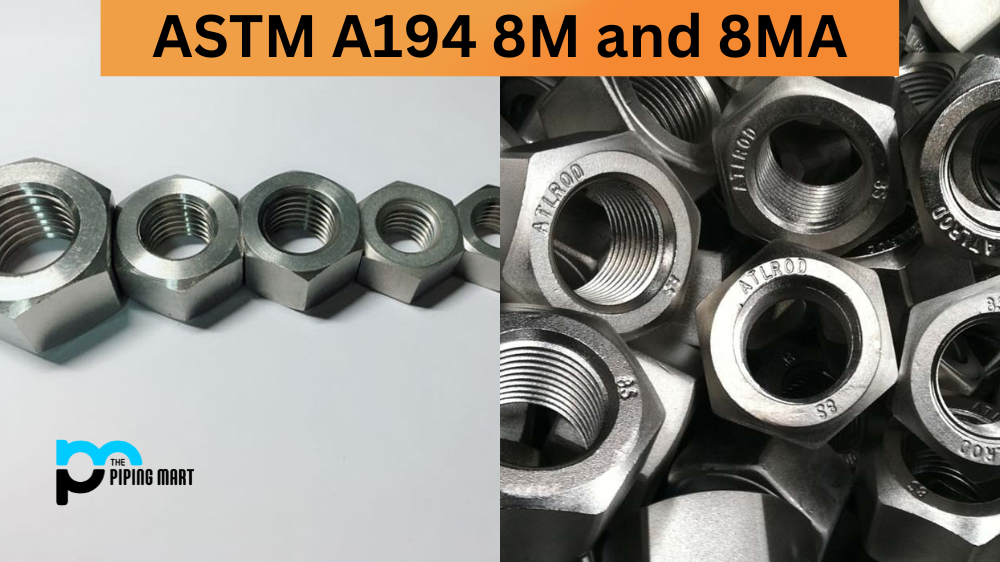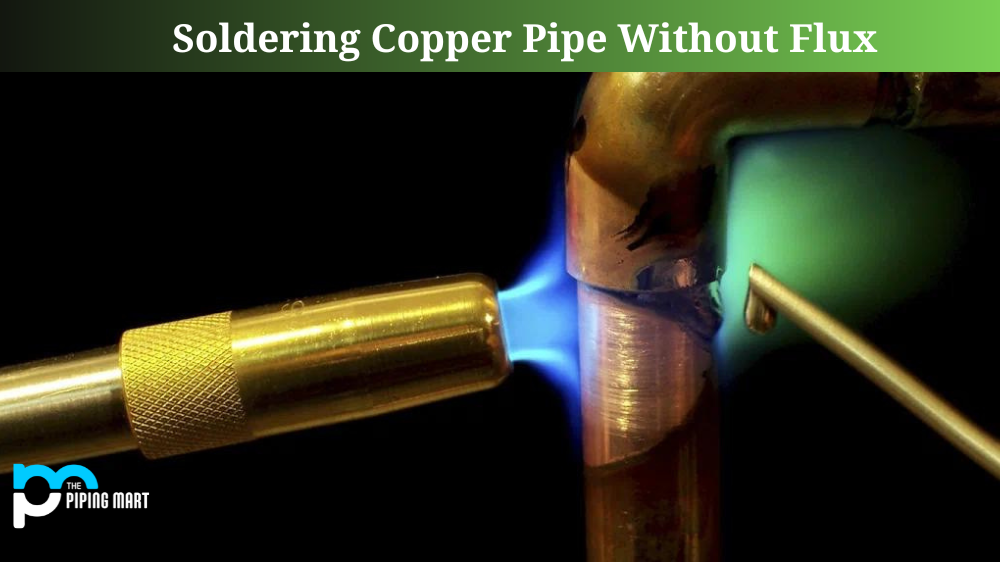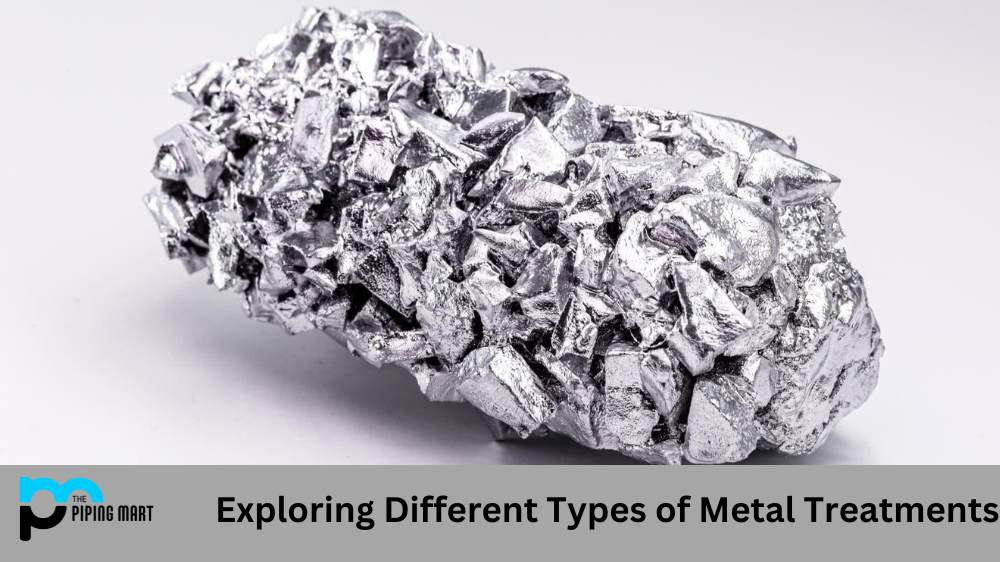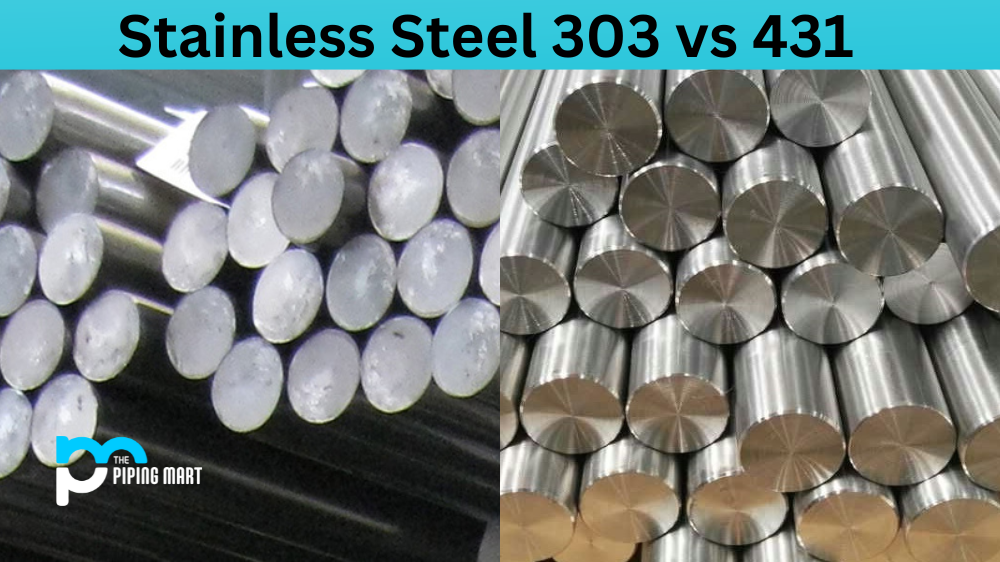ASTM A194 is a specification that covers carbon, alloy, and stainless steel nuts for high-pressure and high-temperature service. The material used in nuts is as important as the stud or bolt. Choosing the right material for your application is a critical step in ensuring the safety and durability of the fasteners. Two popular materials used for nuts are ASTM A194 8M and 8MA. Here is a detailed explanation of the differences between these two materials.
Difference Between ASTM A194 8M and 8MA
Chemical Composition
8M and 8MA have the same maximum carbon and manganese content, but 8MA has a higher percentage of nickel and molybdenum. The nickel and molybdenum in 8MA increase its resistance to corrosion and wear. ASTM A194 8M is suitable for applications where corrosion is not critical. However, if you need to install nuts in a highly corrosive environment, 8MA is the better choice.
Tensile Strength
Tensile strength is another critical factor when choosing between these two materials. ASTM A194 8M has lower tensile strength than 8MA and is suitable for low-pressure applications. 8MA has a higher tensile strength and is suitable for high-pressure and high-temperature applications. The increased strength of 8MA is due to its higher nickel and molybdenum content.
Hardness
ASTM A194 8MA has a higher hardness than 8M. The higher hardness of 8MA is due to the addition of nickel and molybdenum, which increase the material’s resistance to wear and tear. The higher hardness of 8MA also increases its resistance to loosening from vibration.
Machinability
ASTM A194 8M is easier to machine than 8MA. The difference is due to the higher nickel and molybdenum content of 8MA, which makes it harder to cut and shape. However, 8MA provides better resistance to corrosion and wear, making it the preferred choice for demanding applications.
Cost
The cost of 8MA is higher than that of 8M. This is because of the extra nickel and molybdenum content that makes 8MA more expensive to produce. However, the increased cost is justified in applications where 8MA’s enhanced mechanical properties are essential.
Conclusion
Choosing between ASTM A194 8M and 8MA requires understanding their differences. While 8M is suitable for low-pressure applications that do not require corrosion resistance, 8MA is the preferred choice for demanding applications where high-strength, corrosion-resistant nuts are vital. Consider your application’s environmental conditions and mechanical requirements to choose between these two options.

Hey, I’m Krutik, a casual blogger expert in the metal industry. I am passionate about providing valuable information to my readers. With a background in engineering and construction, I like playing Cricket & watching Netflix shows in my free time. Thank you for visiting my blog, and I hope you find my information helpful!




